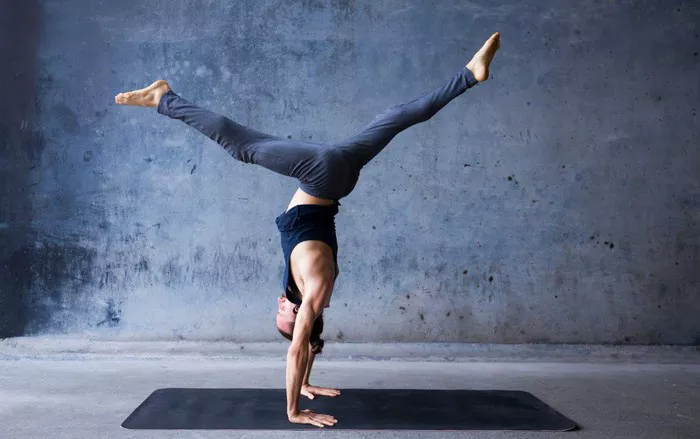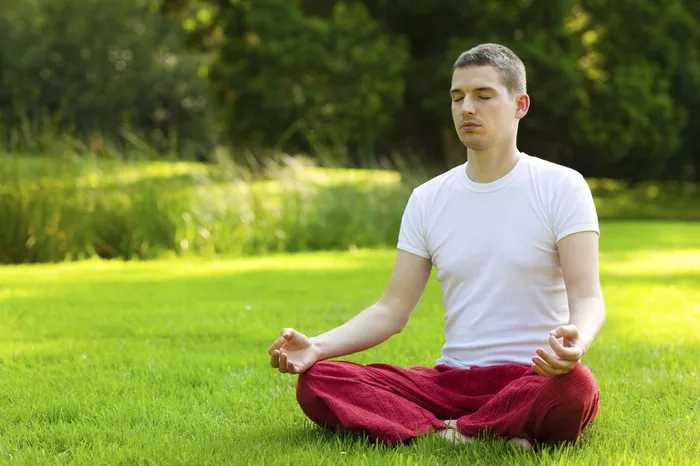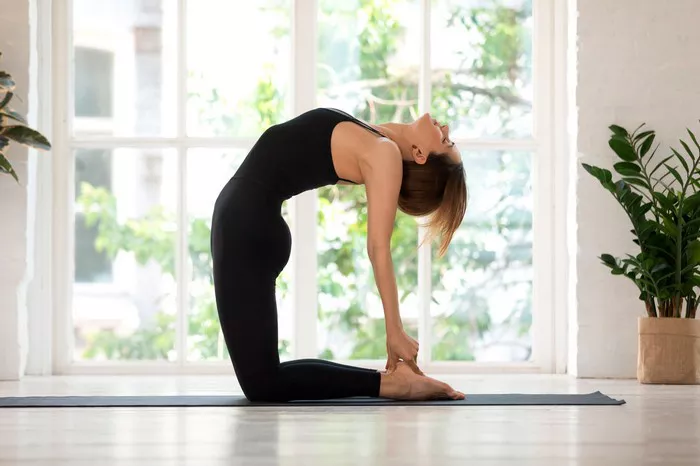When selecting a yoga mat, practitioners often face a myriad of choices ranging from traditional PVC mats to eco-friendly alternatives like natural rubber and cork. Among these options, cork mats have steadily gained popularity for their unique texture, environmental sustainability, and performance benefits. However, the question remains: is cork truly good for a yoga mat? This article will explore the multifaceted nature of cork as a yoga mat material, examining its properties, advantages, potential drawbacks, and suitability for various styles of yoga.
Understanding Cork as a Material
Cork is a natural product harvested from the bark of cork oak trees (Quercus suber), primarily found in Mediterranean regions. The harvesting process is sustainable because only the bark is removed, allowing the tree to regenerate over time without being cut down. This makes cork an eco-friendly and renewable resource.
The cork used in yoga mats is typically combined with a rubber backing to provide flexibility and cushioning. This combination aims to balance cork’s inherent firmness with the necessary support and shock absorption required during yoga practice.
Why Choose a Cork Yoga Mat?
1. Eco-Friendly and Sustainable
One of the most compelling reasons to choose a cork yoga mat is its environmental impact. Unlike synthetic mats made from PVC or other plastics, cork mats are biodegradable and harvested from a renewable resource. The cork oak forests also contribute to biodiversity and help reduce carbon emissions by absorbing CO2.
For yogis who value sustainability, cork offers a responsible choice that aligns with the ethical principles often embedded in yoga philosophy—respect for nature and mindful consumption.
2. Natural Antimicrobial Properties
Cork naturally resists bacteria, mold, and mildew. This is a significant advantage for yoga mats, which can often become breeding grounds for germs due to sweat and frequent use. Unlike synthetic mats, cork mats maintain better hygiene with minimal maintenance, reducing the need for chemical cleaners or frequent washing.
This antimicrobial feature also prevents unpleasant odors, helping your mat stay fresh even after intense sessions.
3. Excellent Grip and Traction
A yoga mat’s grip is crucial for stability and safety during poses, especially in styles like Vinyasa, Ashtanga, or hot yoga, where sweat can make mats slippery. Cork’s textured surface provides excellent traction, which often improves as the mat becomes slightly moist with sweat.
Unlike some synthetic mats that become slippery when wet, cork’s grip enhances with moisture, offering a stable foundation for balance and complex poses.
4. Comfortable Cushioning and Support
Though cork is naturally firm, when paired with a rubber base, it provides ample cushioning to protect joints during yoga practice. This balance of firmness and softness makes cork mats suitable for a range of yoga styles, including those requiring ground work like Yin or Restorative yoga.
However, for practitioners who need extra padding due to sensitive knees or wrists, an additional layer or a thicker mat may be necessary.
5. Durable and Long-Lasting
Cork is a highly resilient material, resistant to wear and tear, cracks, and dents. With proper care, a cork yoga mat can last several years, maintaining its structural integrity and aesthetic appeal longer than many synthetic mats.
Potential Drawbacks of Cork Yoga Mats
1. Initial Surface Texture
Some users find the initial surface of a cork yoga mat slightly rough or coarse compared to traditional mats. This texture, while excellent for grip, might require a short adjustment period for sensitive skin.
2. Limited Cushioning for High-Impact Practice
Though cork mats offer good support, they are not as thick or cushioned as some foam mats. For yoga practitioners with joint issues or those practicing on hard floors, cork mats alone may not provide enough padding.
3. Maintenance and Care
Cork yoga mats should be cleaned carefully to avoid damage. Excessive soaking or harsh chemicals can degrade the cork surface. Typically, wiping the mat with a damp cloth and mild soap is sufficient to maintain cleanliness.
Who Should Use Cork Yoga Mats?
Ideal for Environmentally Conscious Yogis
If your practice is deeply connected to environmental awareness, cork mats are an excellent choice, helping reduce plastic waste and carbon footprint.
Best for Those Practicing Moderate to Intense Yoga Styles
Practitioners of hot yoga, Vinyasa, or Ashtanga will appreciate cork’s improved grip during sweaty sessions, providing enhanced stability.
Suitable for Allergy Sufferers
Because cork naturally resists allergens like dust mites and mold, it is a good option for individuals with sensitivities.
Comparing Cork Mats with Other Popular Materials
Cork vs. PVC Mats
PVC mats are popular due to affordability and thickness, but they lack environmental benefits and are prone to odors and microbial growth. Cork mats offer better hygiene and sustainability but are typically pricier.
Cork vs. Natural Rubber Mats
Both cork and rubber mats are eco-friendly, but rubber mats can be slippery when wet, whereas cork improves grip with moisture. Rubber mats may also provide more cushioning.
Cork vs. Jute Mats
Jute mats are natural and biodegradable like cork but tend to have less grip and durability. Cork mats combine sustainability with superior traction.
Practical Tips for Using and Maintaining Cork Yoga Mats
- Cleaning: Use a damp cloth with mild soap to wipe the surface. Avoid soaking or using harsh detergents.
- Drying: Allow the mat to air dry fully before rolling or storing.
- Storage: Keep cork mats away from direct sunlight and extreme heat to prevent drying out or cracking.
- Rolling: Roll cork mats with the cork side outward to protect the surface.
- Enhancing Comfort: Use a towel or an additional thin foam layer if extra cushioning is needed.
Conclusion
Cork yoga mats offer a unique combination of sustainability, natural antimicrobial properties, excellent grip, and durability. They cater well to environmentally conscious practitioners and those engaged in sweaty, dynamic yoga styles. While cork mats may not provide the thickest cushioning, their firm yet supportive surface promotes balance and joint protection for most yoga practices.
Choosing a cork yoga mat is more than a practical decision; it reflects a mindful lifestyle choice that honors the interconnectedness of health, environment, and yoga philosophy. For many yogis, cork mats embody the spirit of harmony and respect for nature, making them an excellent addition to any yoga journey.
Related Topics:

















